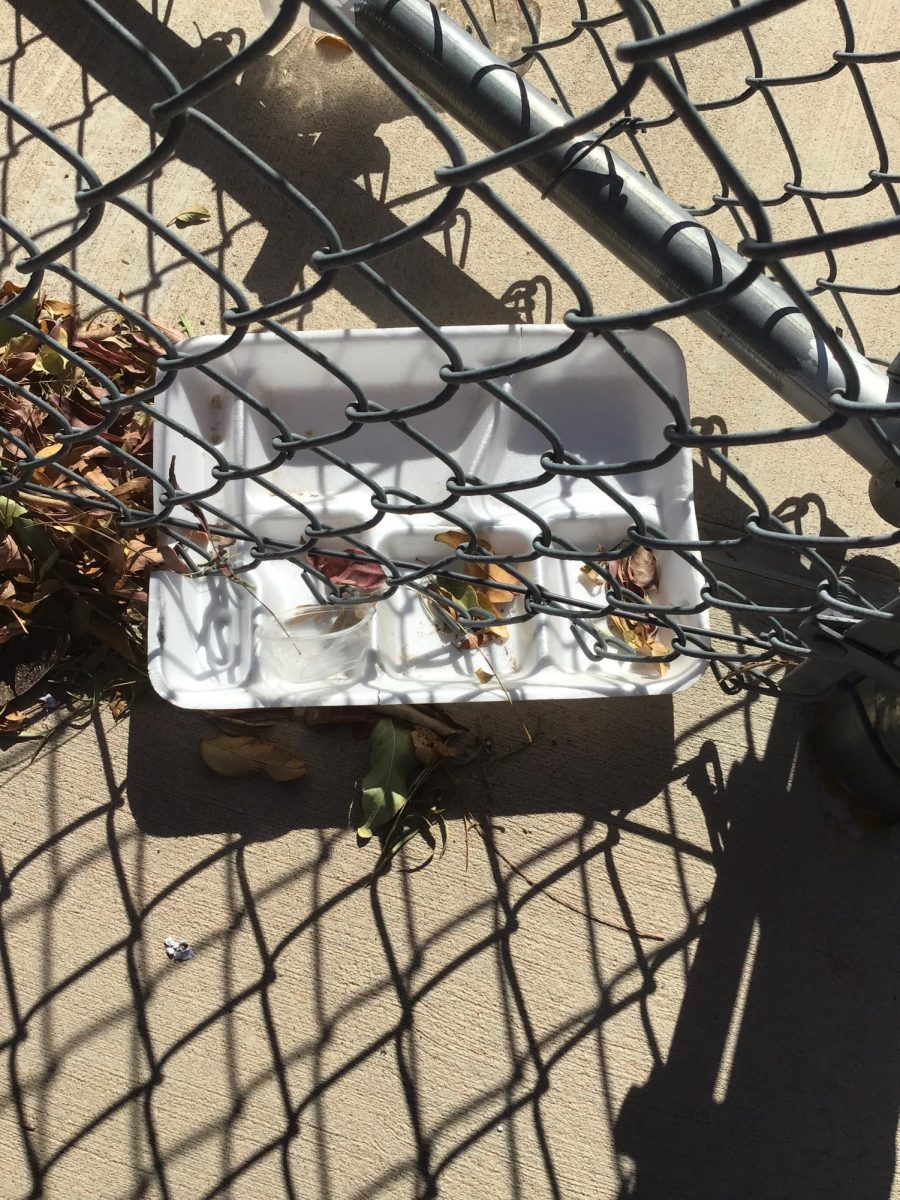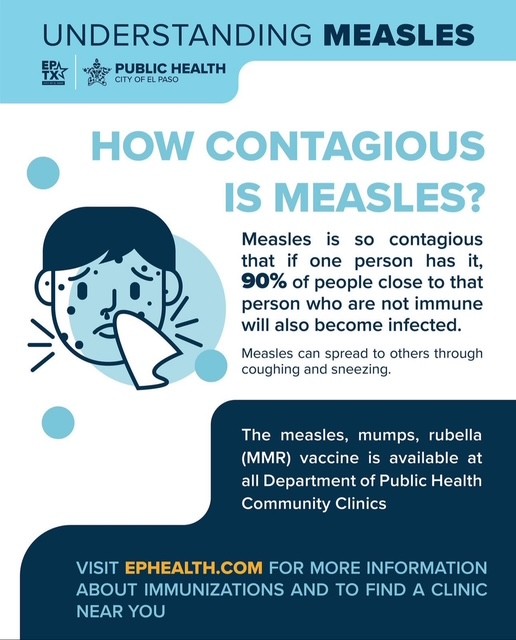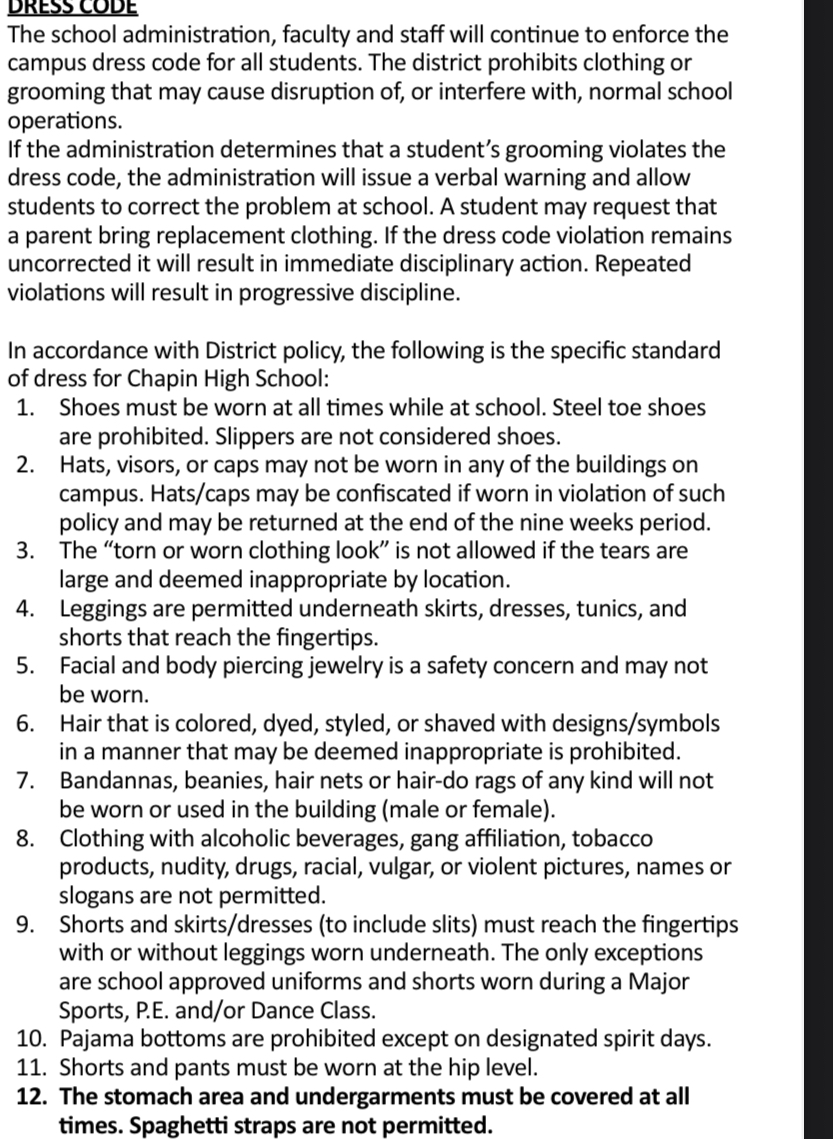It’s nearing the end of the lunch period, and a swarm of flies are buzzing around an overflowing trash can. The bell rings as another tray, still half full, is tossed in. One more fly joins the swarm as an uneaten apple falls out, and rolls onto the pavement. This trash can isn’t the only of its kind; all around campus, giant trash cans are full by the end of lunch, and are overflowing with discarded trays.
The trays are made of Styrofoam, to be exact, and history teacher Jeanna Rodriguez-Lawson is aware of their negative impact on the environment.
“They’re non-biodegradable,” Lawson said. “So naturally, they’re not good for the environment.”
They’re also non-recyclable and take 500 years to decompose. However, students like junior Madison McFadden who buys school lunch 2-3 times a week, had no idea about this issue.
“I wasn’t aware of their impact on the environment,” Madison said. “I never really looked into it, and no one ever told me.”
Even if the trays are disposed of by incineration, it doesn’t help much; Styrofoam is based in crude oil and produces toxic gases when burned. Manager of Food Services, Patricia Marquez, doesn’t see much of a change happening regardless.
“I know it’s bad,” Marquez said. “But it’s all we have.”
Lawson remembers all the lunch trays being reusable when she was in high school.
“Even when I started working here, they had a few reusable trays,” Lawson said. “But then they went completely to one-time use.”
It’s not just her; due to a plethora of issues such as budget cuts, low staffing, and long-term effects from the pandemic, school systems across the country have adopted the use of disposable lunch trays. Lawson also believes the school would benefit financially from switching to reusable trays.
“It’s more cost effective to use reusable trays,” Lawson said. “Since you’re not buying as much.”
This may be true in some aspects, such as the one-time cost for reusable trays being lower than the everyday cost of the alternative. However, extra costs may come with that one-time payment, such as the replacement fee if a tray is misplaced and doesn’t make it back to the cafeteria.
As for simply giving it a try, Madison wasn’t so sure about the idea.
“It’s a 50/50 for me, honestly,” Madison said. “Since covid, we realized that a lot of sickness and diseases can be spread from that. So one-time use trays are better in that sense.”
Even then, Marquez explained that the change is simply not possible.
“Even if we wanted to, we just don’t have enough staff to wash the dishes,” Marquez said. “It’s a lot; we serve over 1,000 students a day.”
After learning about the negative environmental impact of Styrofoam trays, however, Madison says she will stick to her regular routine when it comes to lunch.
“Some days, school lunch is my only option,” Madison said. “The tray thing may be bad, but, oh well.”






